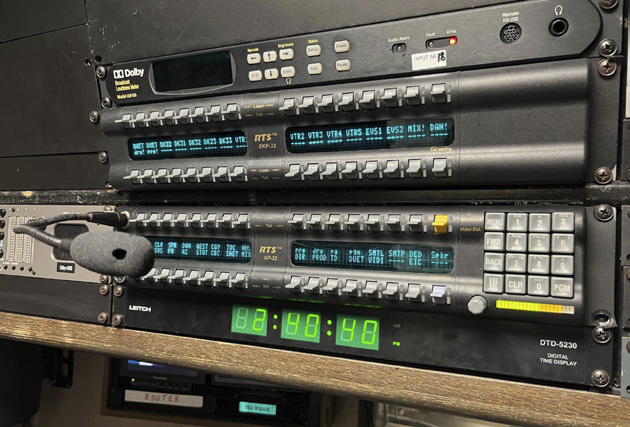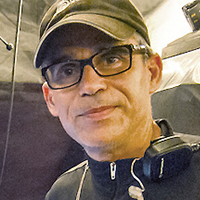When a problem crops up suddenly, ask yourself “What changed?”
In 2011, I was working as the RF lead and frequency coordinator on a television show that was taping at the CBC studios in downtown Toronto. Part of the way through our 10-week run, a wireless intercom pack went down. Because our equipment provider didn’t have a spare pack in that band split (the combination of the base station’s transmit and receive ranges), we had to swap out the whole system (i.e., a base station and four belt packs) to one in a different band split. We were shooting three days per week at that point, so this change required an extra “tech day.”
On the day, I discovered that we had been sent a brand-new system as a replacement for the failed one. Based on the fact that it was shiny and new, and that the packs were smaller and lighter, I decided to allocate the replacement system to the “top dawgs” on the show – the producers and the lead floor manager, even though their system had been working fine. I was also trying to get out in front of these folks spotting the new packs on someone else and saying, “Hey, why can’t we have those?”
I swapped in the new system and confirmed that it was working by verifying that I could hear myself on each headset. The next morning, I was (of course) paying close attention to the coms to make sure that everyone was happy. No sooner had we gotten everyone on headset and begun the day’s rehearsal when I noticed an unusual number of requests for intercom adjustments were being directed to our A1 (in broadcasting, the “A1” who is mixing the show is often also tasked with managing the intercom system, including all of the routing and level adjustments).
In very quick succession, I also determined that:
1. All of the requests were coming from people who were on panels, not belt packs.
2. All of the requests were for someone to be turned up, and never down.
3. All of the people to be turned up were all second-tier users, like the soft-spoken hermit in engineering who’s job it was to make sure that the show was actually being recorded (as in “Tape’s rolling!”).
The Real Issue
Asking myself, “what changed?” I realized that the real problem was that the producers, who were very active on the intercom, were all louder than they had been for the first few weeks of the show. As a result, everyone who was on an intercom panel, where you typically monitored on the built-in speaker (rather than a headset) had instinctively grabbed their volume control and turned it down when the producers started talking.
And, when they did that, all of the second-tier people on the coms were turned down below the ambient noise level… they pretty much fell off the edge, as it were.
I immediately called the A1 on the coms and said something to the effect of “Stop! Stop! Don’t change anything, I know what this is!” I then hustled around to each of the producers and turned down the mic gain on their belt packs. I had thought about this the day before, but abandoned the idea when I discovered that the new packs had the mic gain adjustment as an up/down menu in software so there was no way (that I could see) to comparatively set them to where the manual trimmers were on the old packs. I then discovered that the default setting was “10” (or full gain).
With the producers’ individual mic gains adjusted, everyone turned their panels back up, and we moved on without having to completely re-work the coms matrix.
So, the next time you’re in a work situation where, all of a sudden, you’re getting (or hearing) a bunch of unusual requests to adjust things that haven’t needed adjustment in some time, ask yourself “what changed?”




















